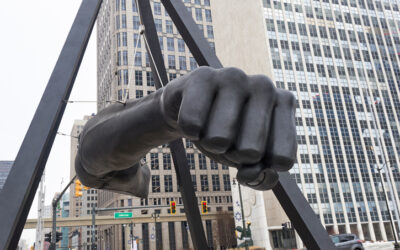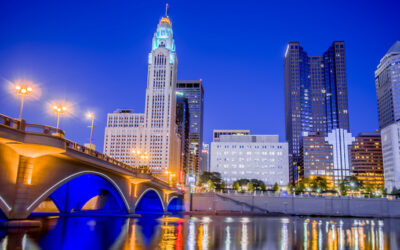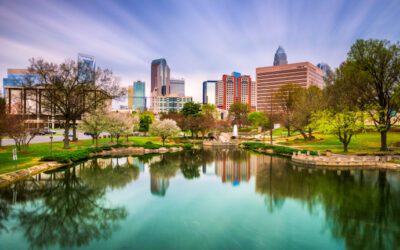Every city has its shortcomings about which locals love to whine, and San Antonio is no exception. Using those gripes as clues, here’s what might give you cause for pause when contemplating a move to the Alamo City.
We’re big. Like REALLY big.
Like most big American cities designed with cars rather than pedestrians in mind, ours is fundamentally a sprawling metropolis. Granted, some individual neighborhoods (including our storied downtown) allow residents to walk to supper, work, and shopping, but San Antonio is essentially a commuter town. Our haphazard, disconnected collection of neighborhoods and suburbs place limits on any overall sense of cohesiveness found in rival communities.
We’re hot. Like REALLY hot.
A gal I know likes to joke about San Antonio having only two seasons: hot and not-quite-so hot. This is fairly accurate, save for those two or three days in early January when you feel so cold that you may snap in half and part of the city shuts down for a few hours because of icing on the roadways and bridges.
Spring and fall are warm but completely gorgeous, yet late July, August, and early September? Three words sum up what we all fear that time of year: triple-digit temperatures. And that’s not even adding in the dreaded temperature humidity index, which can reach 110 or higher. In the shade. (No, I’m not kidding.)
Some of our trees are out to kill us.
Not literally, of course, but come cedar fever season when the pollen coats parts of town with a blue-grey mist and everyone starts sneezing, it can sure feel like your nasal passages are under deadly attack. Juniperus ashei, as the culprit we call “cedar” is named in Latin, has a bad-boy reputation with allergists near and far, too. Incredibly, the tree’s giant pollen spores have been know to disrupt the routines of people who are not usually prone to allergies, and finding the right “cure” can be an annual exercise in frustration.
Snakes, scorpions, and feral hogs—oh, my!
Even early immigrants to the area tangled with native rattlesnakes and scorpions, but the problem of feral cats and dogs is something we brought upon ourselves. Free-roaming dogs plague some neighborhoods, with feral hogs making their presence known in others.
Traffic issues. We’ve got ‘em.
Even without the construction, our roadways are often clogged and congested from too many cars full of too many people going to too many places. Whether or not our drivers are as bad as (or worse than) drivers in other cities is hotly debated, but all it takes is one bad turn by one car to gridlock vehicles for hours on the Interstate roadways and feeders. Factor in our reticence to build up a robust, reliable public transportation system and the giant semi-trucks that aggressively barrel down our highways, and it’s no wonder that rush hours can turn into hot messes.
Our performing arts scene pales in comparison.
With Austin a short drive away, one could make the case that a regional mindset casts this reality in a far better light. Plus, to their credit, the Alamodome and the Tobin Center have been doing their best in recent years to bring in top talent. Still, hardcore music fans in particular bemoan how often San Antonio is overlooked by major performers in favor of the Dallas, Houston, or Austin markets.
The Spurs stand alone.
A lot of folks are frustrated by the dearth of top-tier pro sports teams in town, specifically football (Hey, this is Texas.) Despite the best efforts of community leaders to craft a deal—and the presence of pro hockey and women’s basketball teams, locals bemoan the fact that we’re the only large city in the country without a Major League, AAA, or NFL team.
Thus, fans are left alone in their recliners much of the year recalling the glory of the San Antonio Spurs’ five-time NBA Championship wins, hoping for another one, and watching UTSA’s young collegiate football team as it strives to make a name for itself.



